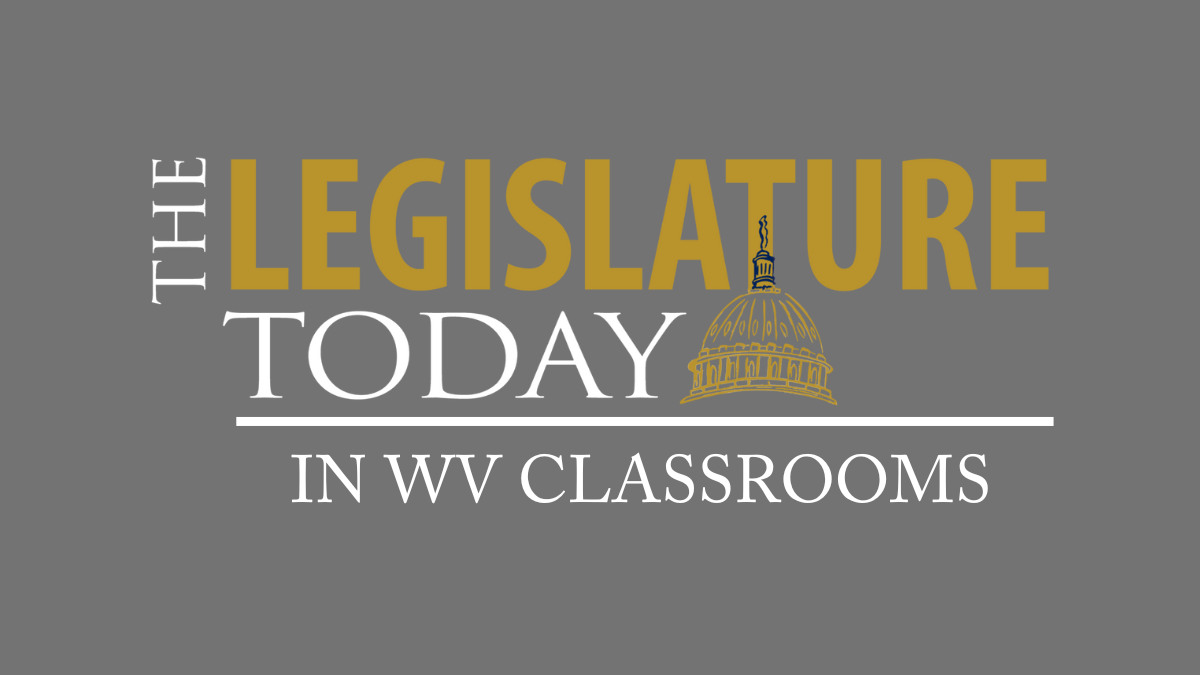Rising Health Insurance Rates And Cypher, Inside Appalachia
This week, the cost of health insurance is going up in 2026. Millions of people are faced with sticker shock. Also, a mountain farmer kept an encrypted diary for years. It’s unclear whether he would have wanted that code to ever be cracked. And, a beloved West Virginia hot dog restaurant closed in 2018. An annual tribute sale gives people a chance to relive its glory days.
Continue Reading Take Me to More News





















